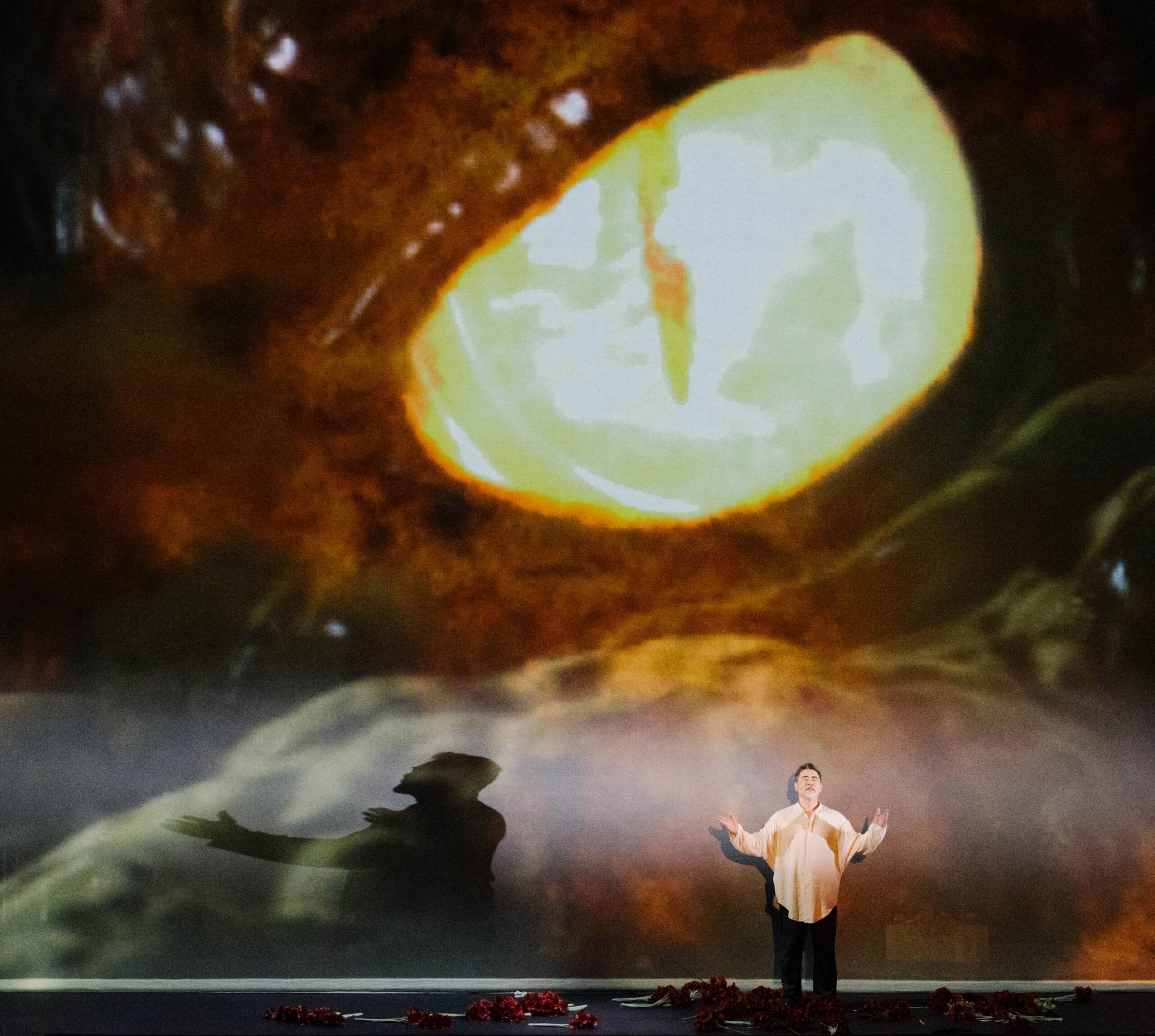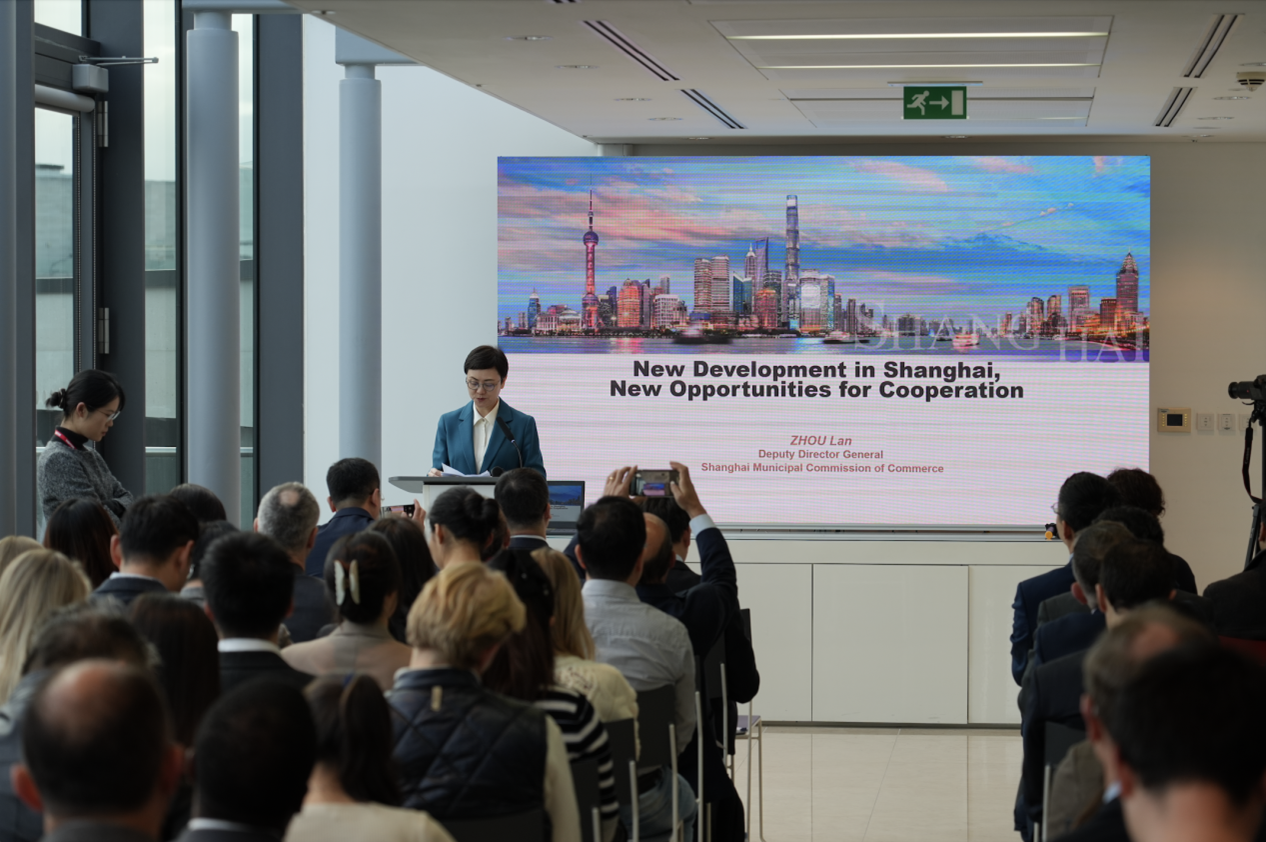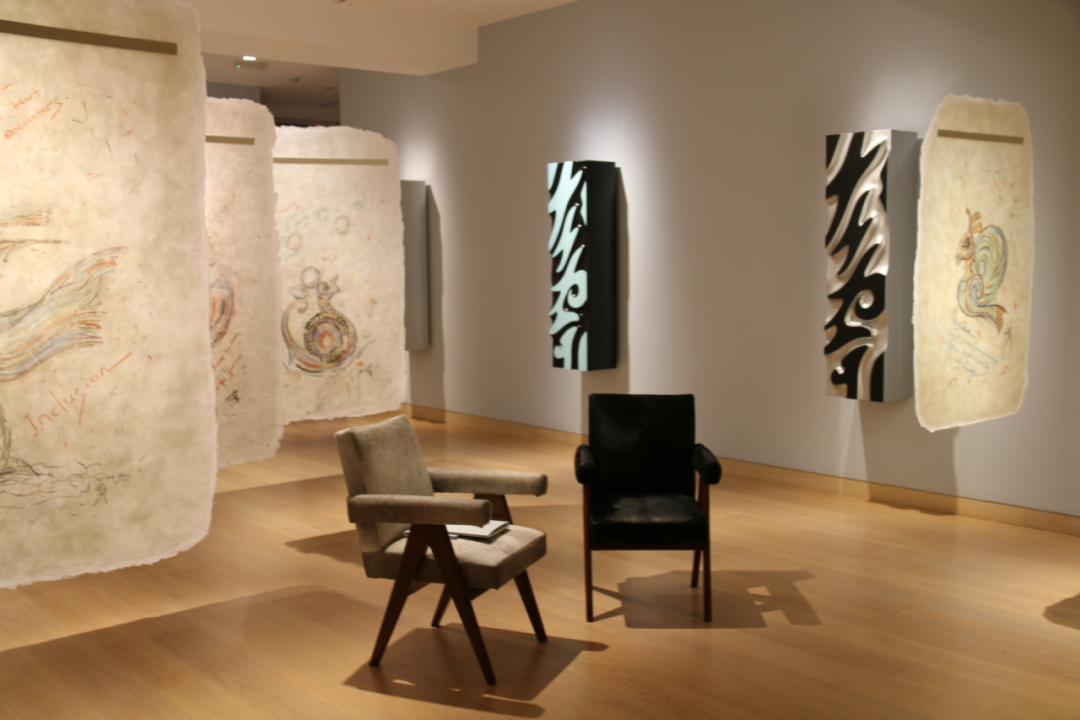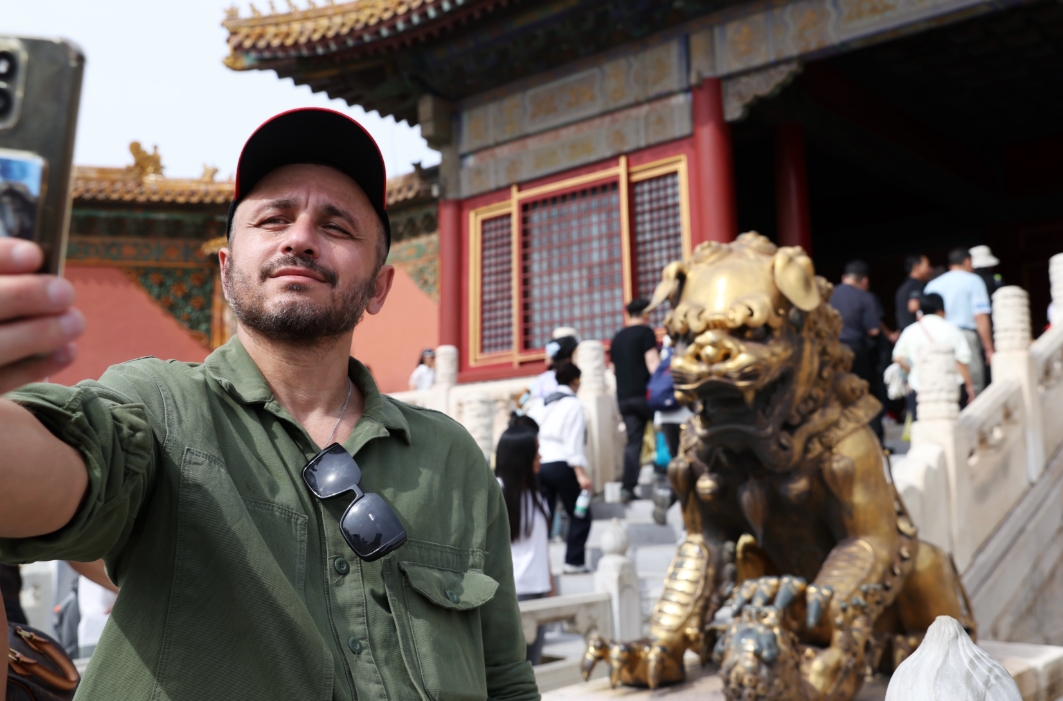A longer Spring Festival Holiday has sparked new trends in the China travel industry.
Chinese New Year, also known as Spring Festival, is scheduled from January 28th to February 4th this year. Workers and schoolchildren get time off thanks to the Tiaoxiu policy of shifting working days, with one day longer allocated for the holiday than in previous years. This long break has spurred notable trends in the travel industry, with domestic travel agencies projecting a vibrant and diverse tourism market. This year also marks the first celebration after a successful World Heritage application for the Spring Festival.
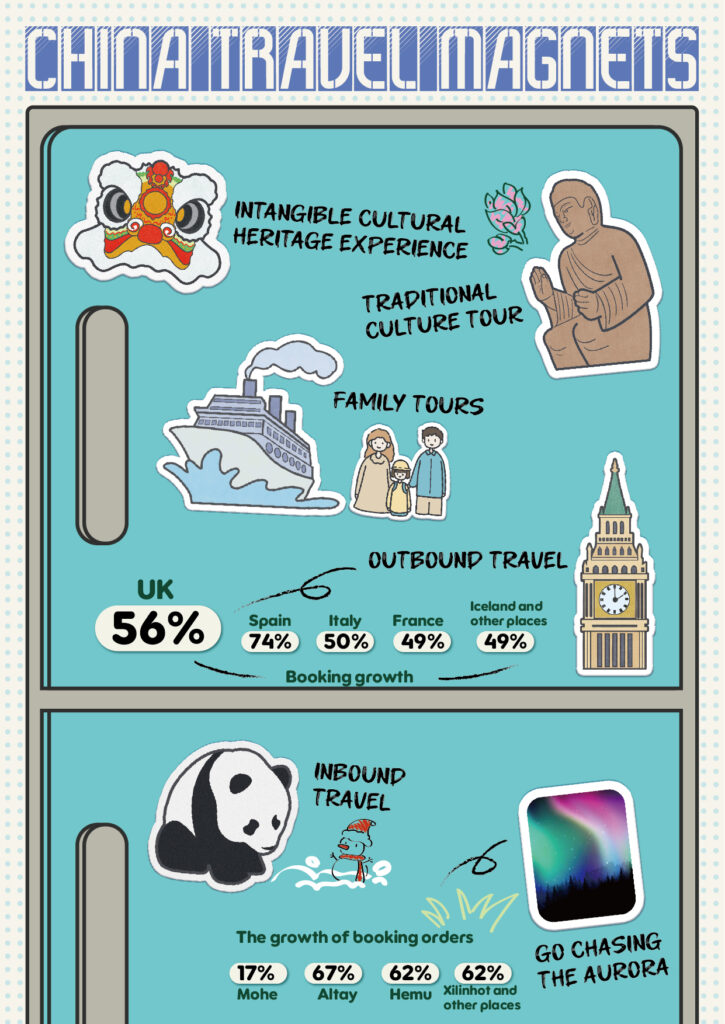
Intangible Cultural Heritage Experience
Intangible cultural heritage activities are expected to be a major draw during this year’s Spring Festival. Attractions like the Beijing Temple Fair, Yingge Dance, Guangdong Lion Dance, and Shehuo performances, alongside handicraft experiences such as hairpin-making, tie-dyeing, paper-cutting, and lacquer fan crafting, are poised to captivate tourists.
According to China travel booking website Ctrip, niche destinations such as Quanzhou, Chaozhou, Shantou, Zigong, Datong, and Xingyi are gaining popularity. Booking data reveals significant growth in tourism for cities like Tongling, Huangshan, Datong, Jingdezhen, and Zhangzhou — some witnessing a fourfold increase compared to last year. The main sources of tourists are the major Chinese cities like Shanghai, Beijing, Chengdu, Guangzhou, Hangzhou, Shenzhen, Nanjing, Suzhou, and Chongqing.
Traditional Culture Tour
Cultural tourism continues to be a key motivator for travellers when selecting destinations. Beijing, Xi’an, Chengdu, and Nanjing remain perennial favourites for their rich historical heritage. Meanwhile, emerging cultural hotspots such as Shanxi, Quanzhou, and Luoyang are gaining traction, reflecting tourists’ growing appreciation for traditional culture.
Family Tours
Family travel remains a prominent feature of the Spring Festival tourism market. Ctrip predicts that compared with the last year, this year will see the proportion of parent-child families travelling increase to 49%, and the order volume increase by 75%.
Car rentals dominate family travel preferences, accounting for 54% of bookings, followed by customized tours at 37%. Additionally, cruise travel is gaining popularity, with bookings tripling compared to the same period in 2024 and the number of tourists more than doubling.
Outbound Travel
While many tourists remain in China for the Spring Festival holiday, plenty more are looking to overseas for their break. Outbound tourism is expected to experience significant growth during the holiday season, bolstered by relaxed visa policies and the resumption of international direct flights. Popular destinations include Japan, Hong Kong, Thailand, Malaysia, South Korea, Singapore, Macau, Vietnam, Australia, and the United States.
European destinations are also in high demand. Bookings for countries like the UK, Spain, Italy, and France have surged by 56%, 74%, 50%, and 49% respectively. Unique initiatives, such as special Chinese New Year menus at a Michelin-starred restaurant in London and Chinese-themed decorations on Switzerland’s Jungfrau Railway, help European attractions cater to Chinese tourists. What’s more, Iceland has been a standout destination, with bookings increasing by 108%.
Inbound Travel
Inbound travel is poised for positive growth, driven by China’s expanded visa-free policies, which now allow foreign travellers to stay up to 240 hours. Ctrip predicts a 203% year-on-year increase in travel orders from foreign tourists visiting China during the Spring Festival. The top source countries include South Korea, Malaysia, Singapore, and Japan. Popular destinations are Shanghai, Guangzhou, Beijing, and Harbin.
Chasing the Aurora
Many people born in the 1960s began to choose high-end niche destinations, such as Northern Europe and Antarctica. Tourism products such as the Antarctic tour and the Northern European Aurora tour were fully booked as early as two months ago. This may also explain the increase in visits to Iceland.
In addition, many young people seek a “domestic Aurora trip.” Booking orders increased by 17%, 67%, 62%, and 197% for China’s far Northern cities of Mohe, Altay, Hemu, and Xilinhot.
Written by Chen wang, poster Design by Di Wang, additional reporting by CNS, Global Times, and Xinhua.
If you liked this article why not read: “城会玩” Cities Around China Welcome the New Year in Fancy Ways



